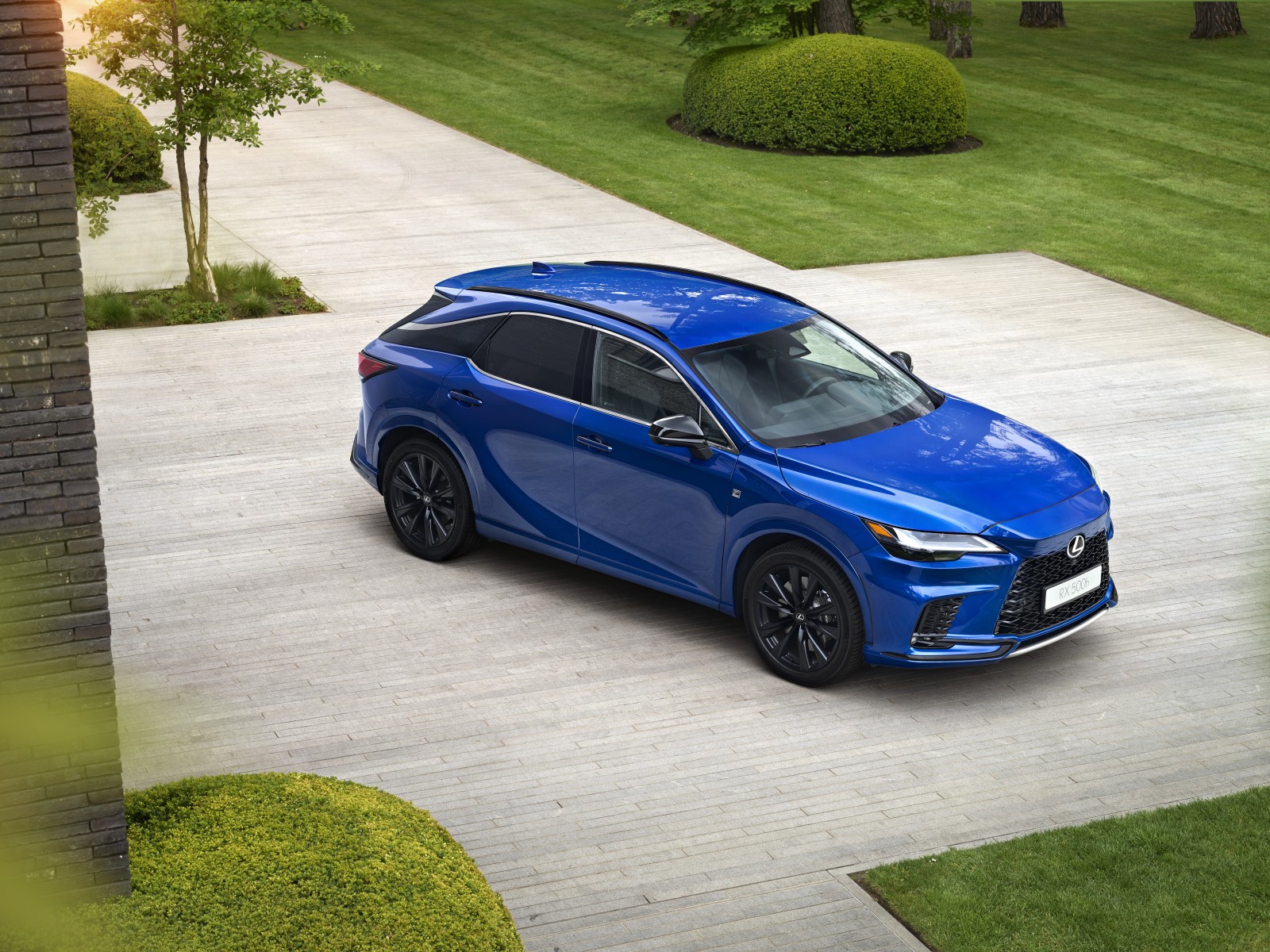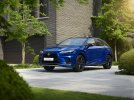Can someone explain what series hybrids and parallel hybrids are? What about PS and P2? Are they the same?
For many years I've had a loose understanding but never the nitty-gritty.
Series: ICE drives MG1 (generator), MG1 provides power to MG2 (motor) or charges battery. There is no mechanical link between ICE and wheel.
Parallel: ICE drives the wheel through a traditional transmission, MG1 either adds power or regen. There are 5 types of parallel hybrid: P0 (belt-driven motor), P1 (crank-driven motor), P2 (motor in the front of transmission), P3 (motor in the rear of transmission), P4 (motor in the differential). In the case of RX500h is a mix of P2 (front axle) and P4 (rear axle).
Series-Parallel: there are 3 layouts, input-split (Toyota), output-split (GM) and partial series hybrid with engine direct drive (Honda). As the name suggests it's a mix of series and parallel, the wheel is driven both electrically and mechanically.
The most complex is a multi-stage series-parallel. It's a PS hybrid connected to a traditional transmission (2-speed in GS450h, 4-speed in LS/LC500h). The goal is to allow a much wider ratio spread which allows very fast acceleration and very low high-speed noise.
In terms of raw efficiency: series > multi-stage series-parallel > series-parallel > parallel.
In terms of performance: multi-stage series-parallel > parallel > series-parallel > series.
In terms of cost/complexity: parallel < series-parallel ~= series < multi-stage series-parallel.






